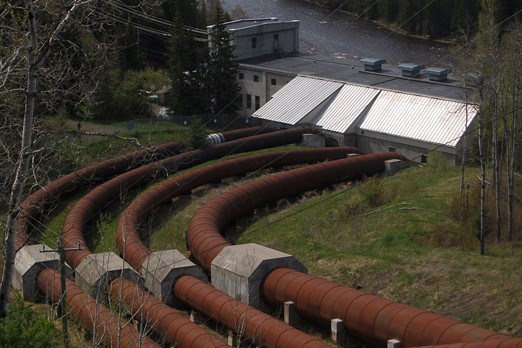With all the recent talk of wind and solar power, a provincial lobbying group wants to remind people about what it calls the original renewable energy source – water.
Ontario Waterpower Association president Paul Norris, in Thunder Bay Friday, said water generates more than 25 per cent of the province’s energy and is still the backbone of the Ontario system.
"What we’re dealing with right now is a choice as a society so we’re choosing an increase in conservation, we’re choosing a increase in other forms of renewables, we’re chooinsg to decrease our reliance on fossil fuels and we’re choosing more water and that’s a good thing" Norris said.
Standing outside of the century-old Kakabeka Falls Generating Station, Norris said the 25 Megawatt facility, which is part of 775 MW –enough to power 500,000 homes – of hydro power in Northwestern Ontario, operates in a provincial park and is proof that water power can balance economic and environmental interests in energy projects.
"It’s a good example of why water is as important to our future as it has been to our past," Norris said. "I think what we’ve proven here I mean we have a great hydro facility right within a provincial park that those things can be done."
Kakabeka is one of 30 facilities in the province more than 100 years old and as long as it’s maintained, can provide electricity forever, Norris said.
"They don’t show any signs of stopping any time soon," he said.
Until the 1950s, water was the main source of electricity, which is why people still refer to hydro bills and hydro lines, and is showing a renaissance in the province Norris said. There are currently more than 100 active development projects in the province, 20 in Northwestern Ontario are in predevelopment with six approaching production.
"We haven’t really gone away and we’re back," Norris said. "It’s a very active time for the hydro industry in the province."
Sign in or register
- Messages
- Post a Listing
- Your Listings
- Your Profile
- Your Subscriptions
- Your Likes
- Your Business
- Support Local News
- Payment History
Registered Users
Already have an account?
New Users
Create a free account.
